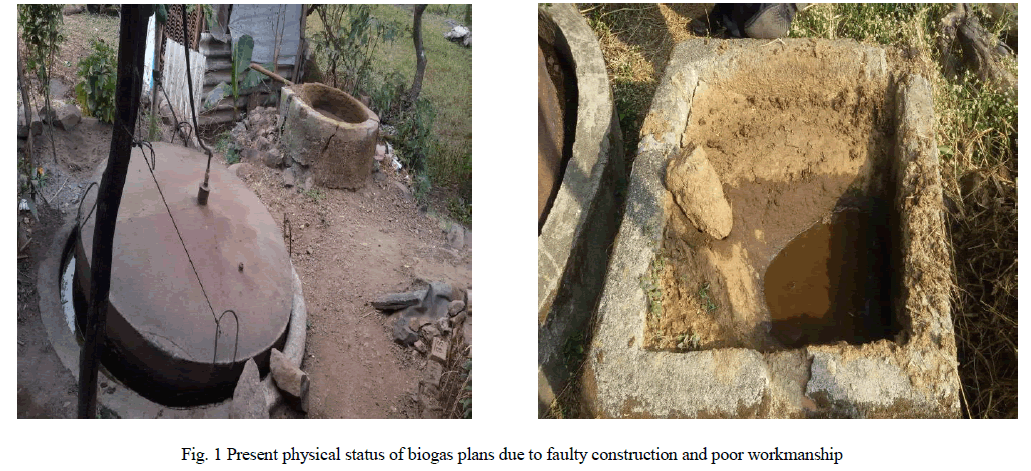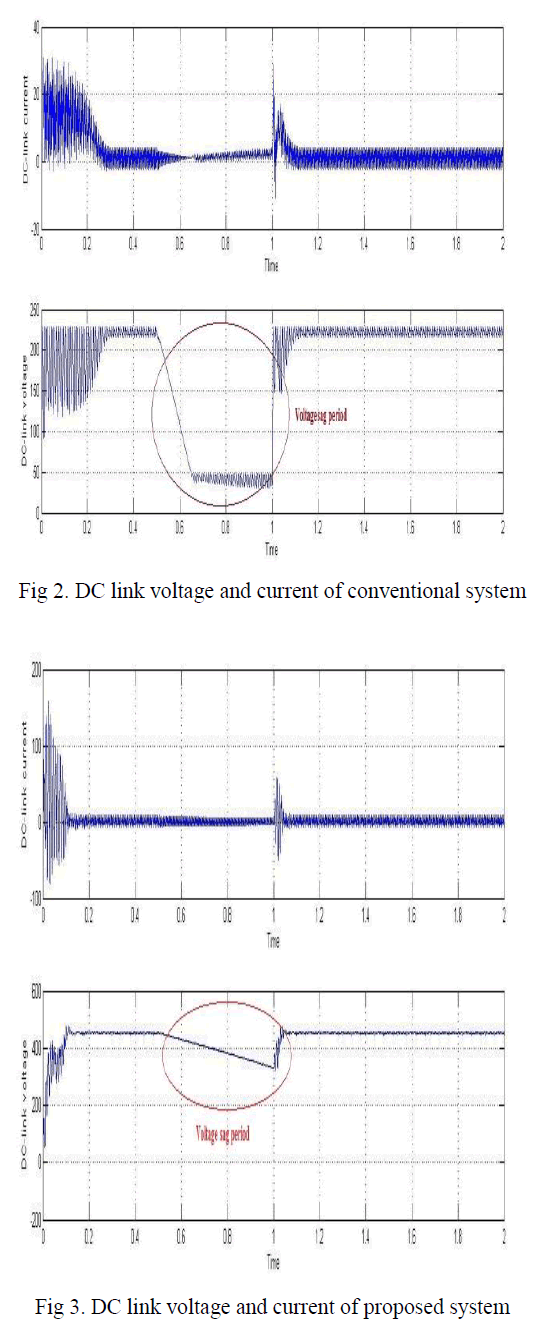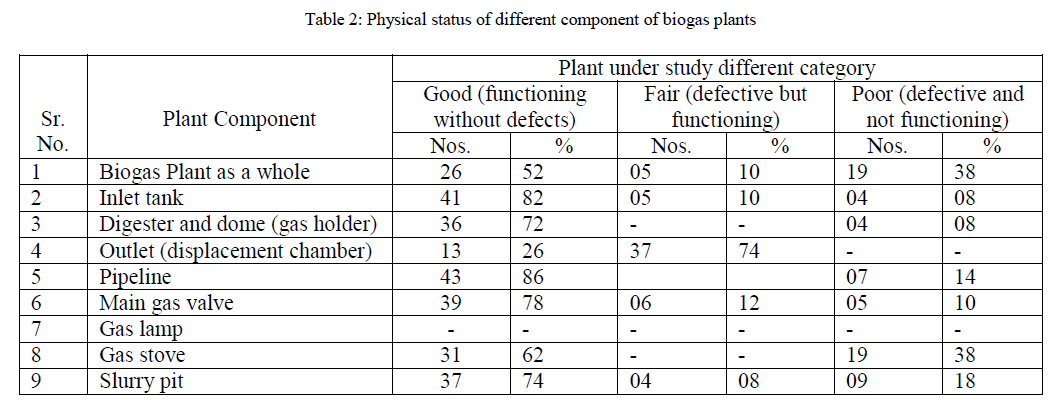ISSN ONLINE(2319-8753)PRINT(2347-6710)
ISSN ONLINE(2319-8753)PRINT(2347-6710)
| Ajay Singh Rana1, Raman Kumar2, Mahakdeep Singh3, Arun Kumar4 Associate Professor, Department of Mechanical, Ludhiana Institute of Engineering and Technology, KataniKalan, Punjab, India 1,2 Assistant Professor, Department of Mechanical, Chandigarh University, Gharuan, Punjab, India3, 4 |
| Related article at Pubmed, Scholar Google |
Visit for more related articles at International Journal of Innovative Research in Science, Engineering and Technology
Computer Aided Process Planning (CAPP) is an important interface between Computer Aided Design and Computer Aided Manufacturing (CAM) in Computer Integrating Manufacturing (CIM) System. Operation Sequencing in Process Planning is concern with the selection of machining operations in steps that can produce each form feature of part by satisfying relevant technological constraints specified in drawing. This paper demonstrates the application of Artificial Neural Network (ANN) as a global for a quick identification of optimal or near optimal operation sequence for rotational parts.
Keywords |
| ANN, Crossover, Mutation, Precedence Cost Matrix |
INTRODUCTION |
| Process Planning can be defined as function which establishes the sequence of the manufacturing processes to be used in order to convert a part from an initial to a final form, where the process sequence incorporates process description, the parameters for the process and possibly equipment and/or machine tool selection [8]. Computer-Aided Process Planning continue to receive significant attention from the industrialists and the academicians’ point of view because of the strategic and important role it plays in achieving a seamless integration between various manufacturing activities in a computer integrating manufacturing environment. Good progress is being made in the automation of actual production process and also the product design element. However the interfacing between the design and production presents the greatest difficulty in accomplishing integration. CAPP has the potential to achieve this integration [4, 33]. One challenge that CAPP researchers are beginning to tackle is the problems of optimization of sequencing of operations in computer integrating manufacturing environment. Operation sequencing is one of the major critical activities among all the CAPPs activities. The present work should be explored by following the steps mention below:- |
| 1. First the part drawing is analyzed to identify the form features to be machined, with details of geometric specifications and technological information. |
| 2. Then the precedence relationship among the machining operation is obtained, considering various feasibility constraints. |
| 3. Determine the best sequence of operations for the prevailing production environment by utilizing the application of ANN. |
II. METHODOLOGY & ALGORITHM DEVELOPMENT |
| This section describes the conversion of a part drawing to a feature Precedence graph. The process plan & precedence cost matrix & the implementation of ANN. The main problem lies in mapping each operation in the process plan to a specify shape feature in the part drawing. Another problem is to correctly capture the precedence structure in the process plan through the physical activities implied by the attributes of these features. |
| A. Graph Representation for Process Planning |
| The graphical picture of different manufacturing features requires to manufacture a part provides a pictorial view, by which the precedence relation of different features can be easily interpreted. The procedure is same as that it be followed in decision tree.[24]. |
| B. Features as Nodes |
| Explicit knowledge of all features allows the size of graph to be known. This place an upper bound on the allowed precedence arcs in the cost matrix that would need to be evaluated. The feature attributes are used to measure the absolute complexity of the physical effort that would always be required to produce that particular feature. [25] |
| C. Arc as Feature Precedence |
| Each arc is the connection between the two feature nodes. At most two precedence’s are possible as either feature can precede the other in the final process plan, depending upon the cost of either pair being produced consecutively. [26] |
| D. Arc Cost as a Measure of Feasibility for being produced consecutively |
| The attribute vectors of the two features can be compared to evaluate the preferred precedence, if any between them. The relative cost can be approximated as the number of tasks that need to be performed in each category of physical effort such as machining parameter changes, tool change, setup change, machine changes. Each preceding category is assumed to be completely dominated by the succeeding category. Intuitively, process planners will try to design a process plan that minimizes changes in the higher cost categories between consecutive operations. For example, a machine changes is the most complicated transition between operations. It implies Subsequent changes in machine parameters, tool, machine setup and material handling. A process planer usually selects a process, which can produce as many features as possible on one machine so that the total number of machine changes can be minimized.[27] To reflect the operational complexity such a change between the attributes of a pair of features, the machine change attribute is given the highest cost weight among all attribute categories. The value of this attribute category will be larger or equal to the sum of all preceding categories. |
| E. Feature Precedence Analysis |
| All the feature precedence data is presented matr |
| In precedence matrix: |
| IF FEATURE i PRECEDES FEATURE j THEN |
| IF PARAMETER CHANGE IS REQUIRED C {i, j} = P |
| IF TOOL CHANGE IS REQUIRED C {i, j} = PT |
| IF SETUP CHANGE IS REQUIRED C {i, j} = PTS |
| IF MACHINE CHANGE IS REQUIRED C {i, j} = PTSM |
| END |
| ELSE IF i DOES NOT PRECEDE j THEN C {i, j} = X |
| A machine change must involve tool change and a tool change must involve setup change so that the cost value of each operational change is then the sum of all preceding categories. |
| We may assign costs as follows: |
| PARAMETER CHANGE: P=0; |
| TOOL CHANGE T=1 PT=1: |
| SETUP CHANGE S=10 PTS=11: |
| MACHINE CHANGE M=100 PTSM =111: |
| NOT A PRECEDING OPERATION X=999. |
| ARTIFICIAL NEURAL NETWORK |
| An artificial neural network (ANN), usually called neural network (NN), is a mathematical model or computational model that is inspired by the structure and/or functional aspects of biological neural networks. A neural network consists of an interconnected group of artificial neurons, and it processes information using a connectionist approach to computation. In most cases an ANN is an adaptive system that changes its structure based on external or internal information that flows through the network during the learning phase. Modern neural networks are non-linear statistical data modeling tools. They are usually used to model complex relationships between inputs and outputs or to find patterns in data. |
| The algorithm presented here can be summarized as follow: |
III RESULT AND DISCUSSION |
 |
| Now let us take a case study by Weill and Bhaskara [30] as shown in Fig. 2. The operations to be done on casting are labeled as A1, B1, C1, D1, D2, D3andE1.For illustration purposes, the operations are coded as 5, 1,2,8,15,6,7 and 9. |
| The total numbers of features are eight and their corresponding codes are given in Table 1:- |
 |
| The part contains five form features. For each form feature the local operation precedence are (A1), (B1, B2), (C1), (D1, D2, D3), (E1).Coding of features (grouping of features based on their relationship) is shown in Table 2:- |
 |
| TABLE 1 |
| The operation precedence graph is as shown in Fig 3. From the precedence graph, a precedence cost matrix (PCM) is generated for each pair of features based on the relative costs corresponding to the type of attributes machining parameter change, tool change, setup change and machine change. |
| The Precedence cost matrix for the case study of Weill and Bhaskara [30] is as shown in Table 3: |
| The feasible Strings produced, their respective cost, Fitness value and the expected count of each string for the next generation is obtained as shown in Table 4 :- |
| For the above case study, a population size of 16 strings, the optimal operation sequence obtained after 130 generations is D1-D2-B1-B2-E1-D3-A1-C1 with a total relative cost of 15 units. This sequence is the same as that reported by Weill and Bhaskara in which the population size was 40 strings and number of generation was 200 |
 |
| Table 3 Precedence Cost Matrix |
 |
IV. CONCLUSIONS |
| The proposed integrated system uses a new concept which proves to be a powerful and practical approach. The adaptation of precedence cost analysis for each type of rotational features and implementation of ANN facilitates a suitable representation of manufacturing environment to enable the genuine integration between various production activities, especially process planning and scheduling |
References |
|